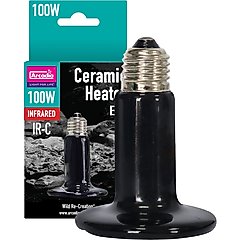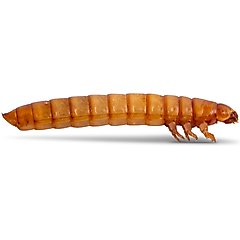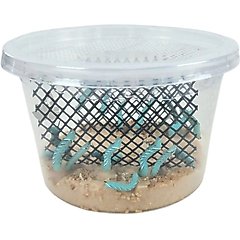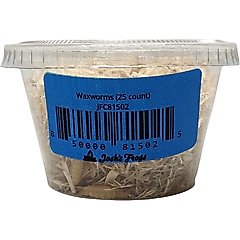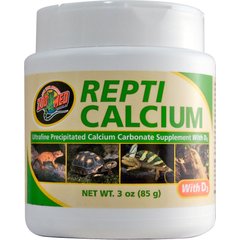Leopard Gecko Care Sheet

Photo by feri ferdinan/iStock/Getty Images Plus
Known for their gentle nature, leopard geckos are great pets for beginners and longtime reptile lovers. These tiny creatures don’t get much bigger than 9 inches long but are easy-to-handle and sociable reptiles.
Once you learn when they tend to be the most active and how to handle your pet with safety and care, you’re well on your way to becoming a great leopard gecko owner.
Key Takeaways
- Leopard geckos can live up to 20 years if you take good care of them.
- The average adult leopard gecko is 6 to 9 inches long.
- Never pick up a leopard gecko by their tail.
Fun Facts
- Leopard geckos can detach their tails if a predator catches them.
- It takes about 30 days for their new tail to regrow, and it never looks the same as the original.
- They have functional eyelids, which means they can blink and you might catch them sleeping with their eyes closed.
Habitat
Leopard geckos need more spacious enclosures as they grow. If you get an adolescent leopard gecko, start them off in a 10-gallon tank with a screened lid. You’ll want to increase the tank size as your leopard gecko grows. They’ll reach adulthood within a year or two, when they’ll need to be in a tank that’s at least 20 gallons.
Recommended Product
Leopard geckos must warm up and cool down as needed, so keep a thermal gradient in their enclosure. Warmer climates should be between 80–90 F while cooler temperatures should be between 75–80 F.
Because leopard geckos rely on external heat sources to regulate their body temperatures, you can choose among many for your pet’s habitat.
These heat sources could be an under-tank heater, an incandescent light, or a ceramic bulb. Leopard geckos also need 10–12 hours of UV light every day. You might be able to get both heat and light from the same source.
Recommended Product
Remember that multiple male leopard geckos shouldn’t be housed together or kept in the same habitat, since they tend to fight each other.
While you could raise female leopard geckos of the same size in the same habitat, it’s best to keep them apart if one is larger. That way, neither feels stress nor in competition because of size.
Keep opposite-sex leopard geckos in different habitats unless you’re planning to start breeding.
Diet
The best type of food for leopard geckos is recently fed live insects. These are more nutritious than freeze-dried options and give leopard geckos a little extra exercise as they hunt for their next meal.
Some good options include crickets, roaches, and a variety of worms, like:
Recommended Product
Recommended Product
Recommended Product
Recommended Product
Make sure to feed young geckos daily, while adult geckos can get a meal every other day. Each meal should be one or two insects, depending on their size. Don’t feed your gecko an insect that’s bigger than the space between the reptile’s eyes.
Watch your leopard gecko during feeding time to make sure insects are caught and eaten. If not eaten, insects could harm a leopard gecko when left alive in the reptile’s habitat, so make sure to remove them.
Whether you have adult or young geckos, you’ll need to add vitamin supplements during meal times every other day. Add three powdered supplements: calcium with vitamin D, calcium without vitamin D, and a reptile-designated multivitamin. Alternate between the two calcium supplements with feedings and use the multivitamin powder just once or twice a week.
Recommended Product
Always keep fresh, clean water available and replace it every day. Water dishes should be large enough for your leopard gecko to soak in if they’d like.
Handling
Always wash your hands before and after handling your leopard gecko, or if you handle anything that’s in their habitat.
Give your leopard gecko a few days to get used to their habitat before handling them. Avoid handling a young gecko too often and don’t regularly hold a leopard gecko until they’re at least 6 inches long.
Leopard geckos shed every four to eight weeks. While shedding, keep handling at a minimum. Too much handling can cause leopard geckos to become stressed, especially if they are shedding or if they are too young for regular handling.
Health
Watch your leopard gecko regularly to make sure they’re in good health. If your leopard gecko is healthy they will have:
- Clear, clean eyes
- Clean ears without any swelling
- A good appetite and eat well
- A clean vent
- An alert personality and basking behavior
- Intact skin without any ulcerations or stuck skin from shedding
- No noticeable swelling or bumps
Take your leopard gecko to the veterinarian every year for their annual checkup. Use a food storage container with air holes that are large enough to hold your pet for transportation. If you notice any of the following signs in your gecko, contact a vet immediately:
- Swollen or sunken eyes
- Eyes with discharge or that are stuck shut
- Lumps or bumps
- Ear swelling
- Pink ulcerations or other lesions
- Vent discharge
- Refusing food
- Sunken belly
- Rapid muscle loss throughout the back and tail
- Not basking
- Discharge around the vent
- Can’t walk or stand normally
- Shedding is stuck
Supply Checklist
As a leopard gecko owner, make sure you have the basic supplies ready:
- A habitat that fits the size of your gecko, or multiple habitats if you have more than one
- A substrate, thermometer, and humidity gauge
- Heat light, heat fixture, or an under-tank heater
- UV light and a UV light fixture
- Plants, sphagnum moss, climbing decor
- Hideout box
- Water and mealworm dishes
- Cricket keeper, food, and quencher
- Multivitamin, calcium with vitamin D, and calcium without vitamin D supplement powder
- Plant mister
FAQs
Is a leopard gecko a good pet?
Yes. Leopard geckos are great pets, especially for people who want to start out with reptiles.
Is it better to have one or two leopard geckos?
It’s better to have one leopard gecko. Having two geckos might cause stress and fighting, which might also cause injury.
Do leopard geckos like to be held?
While you can hold your leopard gecko regularly, you don’t need to hold them often. Too much handling may cause your leopard gecko to become stressed.

